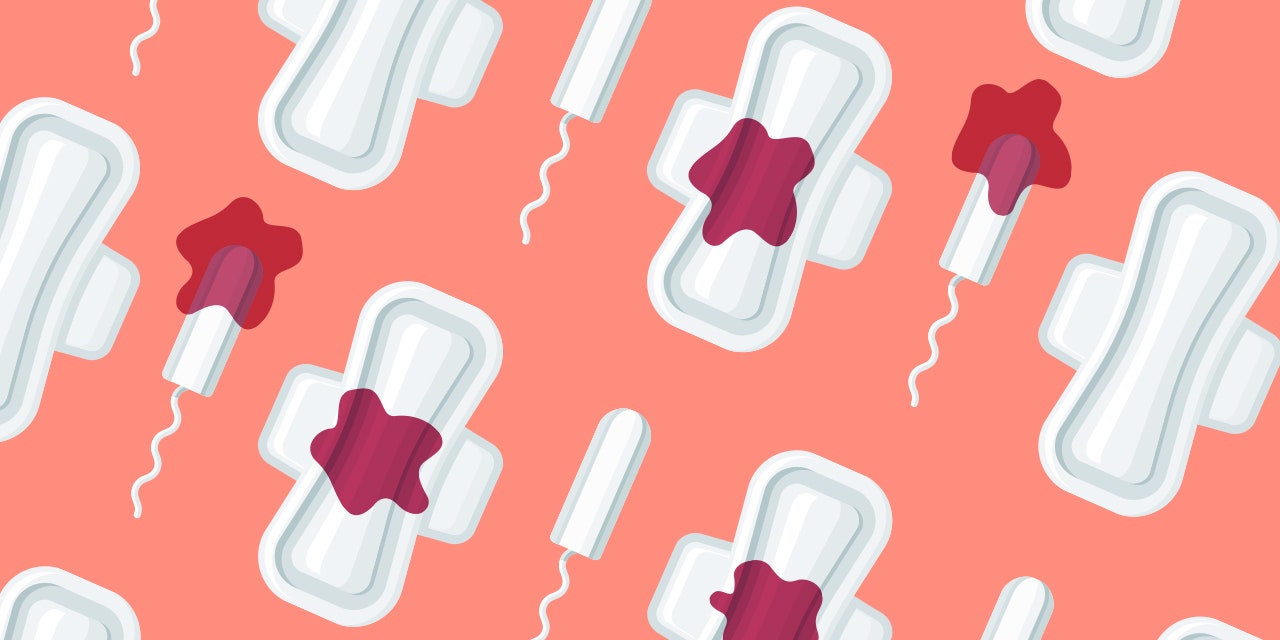
The Side Effects Of Surgical Abortion (10-14 Weeks).
Side effects are common after any surgical procedure. This is especially true following a 10-14 week abortion. Side effects can range from mild to severe, and it’s important to be aware of them before you undergo surgery.
In this blog post, we will discuss the most common side effects associated with 10-14 week abortions. We will also provide tips on how to manage them effectively.
What Are Surgical Abortions?
Surgical abortions are a type of abortion that is performed using surgical instruments. The procedure is typically done in a hospital or clinic setting.
Surgical Abortion Types:
There are two types of surgical abortions: Suction Aspiration and Dilation/Evacuation (D&E).
Suction aspiration is the most common type of surgical abortion. It is typically performed up to 14 weeks after the last menstrual period. This type of abortion involves using a suction device to remove the contents of the uterus.
D&E is a more complex procedure that is typically performed after 14 weeks. It involves dilating the cervix and then removing the fetus with forceps. Side effects are more common with this type of procedure, as it is more invasive.

Vacuum aspiration is the most frequently used method to perform first trimester abortions in the United States.
The Most Common Side Effects:
-Cramping: Cramping is one of the most common side effects associated with surgical abortion. It can be mild to severe, and typically lasts for a few hours to a few days. Pain medication can be taken to help manage the pain.
-Nausea and vomiting: Nausea and vomiting are also common side effects. They are usually caused by the anesthesia and typically last for a few hours. Anti-nausea medication can be taken to help reduce these symptoms.
-Diarrhea: Diarrhea is usually caused by the anesthesia. It typically lasts for a few hours to days. Over-the-counter medication can be taken to help relieve the symptoms.
-Bleeding: Bleeding can range from light spotting to heavy bleeding, and typically lasts for two to four weeks. It is important to use pads or tampons during this time.
It is important to remember that these side effects are temporary, and in most cases can be managed with medication or other treatments.

Cramping is the most common side effects associated with surgical abortion.
Risks And Complications:
-Heavy bleeding: Heavy bleeding is defined as blood loss that soak more than two maxi pads in an hour. This can be a sign of hemorrhage and requires immediate medical attention.
-Infection: Infection is a serious complication that can occur after any surgical procedure. Symptoms include fever, chills, and abdominal pain. If you experience these symptoms, it is important to seek medical attention immediately.
-Allergic reaction: Allergic reactions to the anesthesia are rare but can occur. Symptoms include hives, itching, swelling, and difficulty breathing. If you experience these symptoms, it is important to seek medical attention immediately.
-Uterine perforation: Uterine perforation is a rare but serious complication that can occur during suction aspiration. It occurs when the suction device punctures the uterus. Symptoms include severe abdominal pain and bleeding. If you experience these symptoms, it is important to seek medical attention immediately.
With proper care and close monitoring by a medical professional, surgical abortion is generally a safe procedure with minimal risk of long-term complications or adverse effects.

Heavy bleeding can be a sign of hemorrhage and requires immediate medical attention.
Tips for Managing Side Effects:
There are some things you can do to help manage the side effects of surgical abortion:
– Drink plenty of fluids: Drinking plenty of fluids helps to prevent dehydration, which can make side effects worse.
– Take pain medication as needed: Pain medication can help to relieve the pain associated with cramping and other side effects.
– Eat healthy foods: Eating healthy foods helps the body heal and recover from surgery more quickly.
– Get plenty of rest: Getting plenty of rest helps the body heal and recover from surgery more quickly.
– Use pads or tampons for bleeding: Bleeding is a common side effect of surgical abortion. It is important to use pads or tampons during this time to help manage the bleeding.
– Seek medical attention if symptoms worsen: If you experience any severe side effects, it is important to seek medical attention immediately.

If you experience any severe side effects, please consult your doctor immediately.
Surgical Abortion, One Of The Safest Medical Procedures:
Surgical abortion is one of the safest medical procedures performed today. According to the National Abortion Federation, the risk of serious complications from a surgical abortion is less than 0.5%.
In other words, for every 1,000 women who have a surgical abortion, only 5 will experience a complication that requires hospitalization.
The vast majority of women who have surgical abortions experience little to no side effects and go on to live healthy, happy lives.
If you have any other questions, please don’t hesitate to contact us. We’re here to help you make the best decision for yourself and your body.
Dr James S Pendergraft | Orlando Women’s Center | Abortion Pill Clinic | Articles On Abortion


Leave a Reply